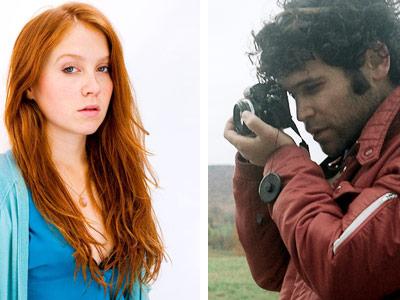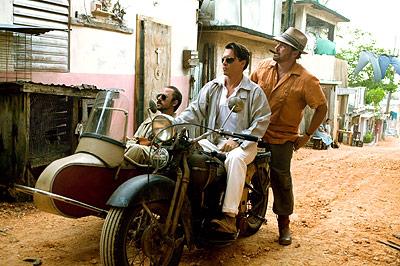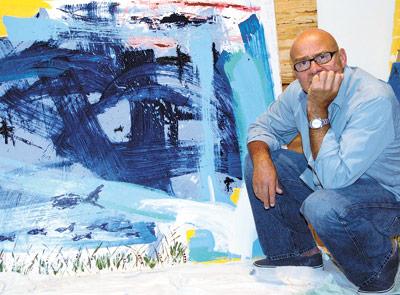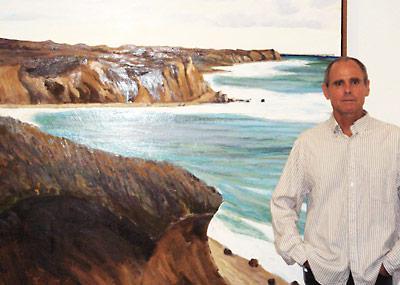Festival Brought Them Together
Festival Brought Them Together

The Hamptons International Film Festival always provides a lively time for attendees and an intense creative atmosphere for filmmakers. With lots of chatter and endless parties to attend, it is surprising more filmmakers don’t fall in love.
One couple that did in 2005, Gabriel Nussbaum and Elizabeth Wood, are back in East Hampton to show their respective short films, in his case “How It Ended” and in hers “Loft.” They have since been married, in Amagansett in 2009 at his parents’ house, and have started their own production company, Bank Street Films. His parents are Jeremy Nussbaum and Charline Spektor, who own the BookHampton chain of bookstores on the South Fork.
In 2007, the couple produced a documentary together based on their work in New Orleans after Hurricane Katrina, “Wade in the Water Children.” The films here this year are rather different. Both feature somewhat intense psycho-sexual situations and have rather unusual denouements. Each is satisfyingly punchy in its delivery and economy of storytelling.
Mr. Nussbaum’s is based on a James Salter short story and was filmed in his parents’ house and the American Hotel. A comfortable couple, whose female half is obviously very sick, invite a younger woman friend to dinner and take part in what is expected to be their final act as a couple. What appears to be a straightforward tear-jerker, however, comes with some rather tart plot twists.
In “Loft,” Ms. Wood explores the distance that occurs between couples who seem to have everything going for them from the outside and the strange closeness that can occur between strangers. A beautiful apartment in a sketchy Brooklyn neighborhood takes a central role as what holds a couple together but could also be its undoing. The film is a treatment for a larger project and is intriguing enough to leave an audience wanting more.
“Loft” will screen in East Hampton on Saturday at 10:45 p.m. and Monday at 8:45 p.m. “How It Ended,” which is part of the East End Shorts program, will be screened in East Hampton on Saturday at 10:30 a.m. and Monday at 6:30 p.m.








